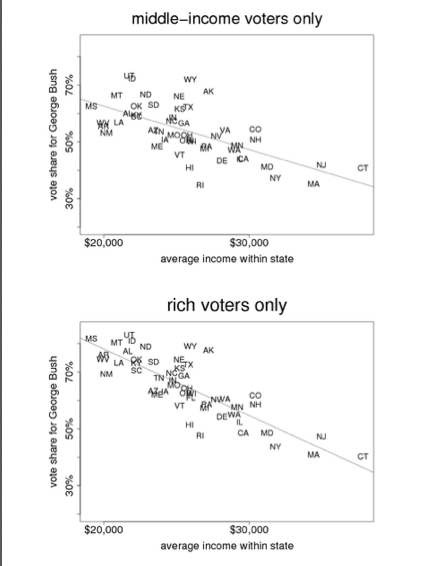Nldhi Khanna is a graduate student at the College of Staten Island. She is currently conducting research in Dr. Fata’s Lab.
1) How would you describe your research?
I work with breast cancer cells and different types of chemotherapy drugs. I also work on keeping several cell lines running and exposing them to different types of drugs.
2) How did you become interested in this area of research?
I heard great things about Dr. Fata’s lab, many of my friends took his classes and worked with him, and I had previous experience with cell culturing as an undergraduate student. I thought it would be very interesting and worthwhile to work in his lab, and so far it’s been a great experience!
3) How long have you been working in this field?
I’ve done cell culturing since I was an undergraduate student, and I started working with Dr. Fata this past summer.
4) What other fields of work did you consider before entering this area?
I considered working with electron microscopes, but I really do enjoy working with different cells. I also perform work with the advanced imaging facility at CSI as well, so for me it’s the best of both worlds.
5) What degrees do you have?
I have a BA in Biology and I’m currently working towards my Master’s degree now.
6) How do you balance research with other responsibilities?
It’s really all about balancing time, and you can’t really set a time table because cells grow unpredictably. I just try my best use my time wisely and attempt to set a schedule as best I can for each week.
7) Would you recommend your field to someone aspiring to do research?
Yes I would! I think anyone interested in any field of science should get involved in a lab; it’s one thing to just learn from a textbook and during lectures, but actually seeing how things work is quite incredible. Also the research I’m preforming might actually help people one day, which is a great thought.
8) What is the next step in your research?
I plan to finish my thesis, hopefully this May, and then I’ll just go from there. I do plan on continuing to perform research in the future as well.







